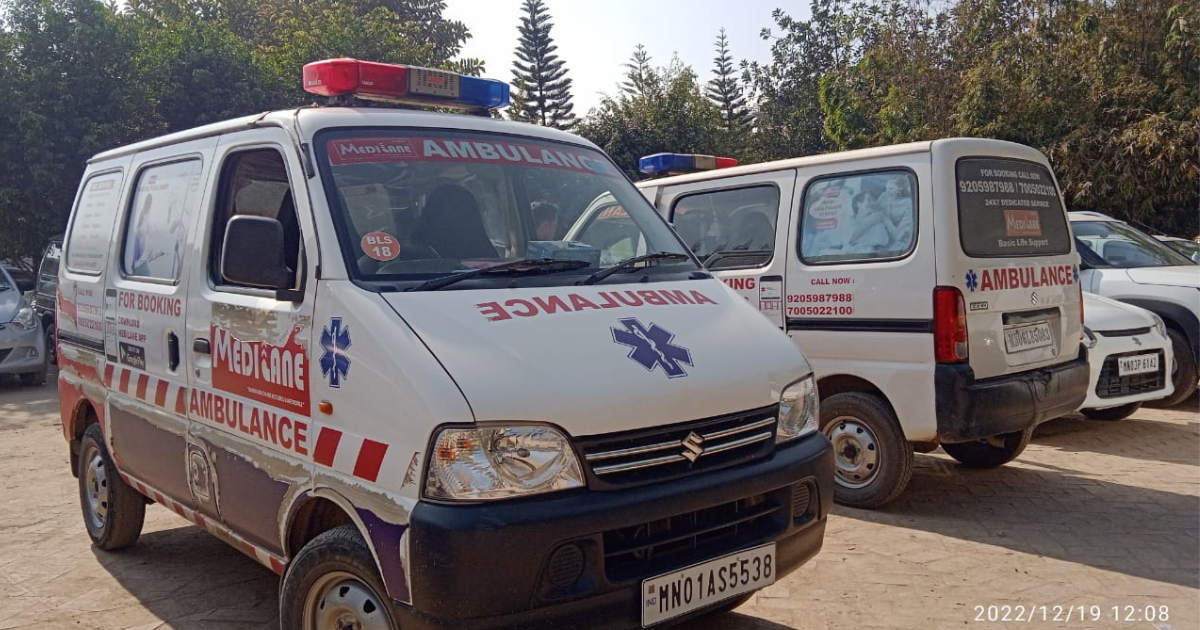Introduction: In moments of crisis and urgency, when every second counts, one service stands out as a beacon of hope and salvation: the emergency ambulance. Often overlooked until needed, these vital vehicles and the teams that operate them form an indispensable part of our healthcare system. In this blog, we explore the critical role of emergency ambulance services and why they are essential for our communities.
Swift Response in Critical Situations: Emergencies can strike without warning, whether it’s a sudden heart attack, a serious injury, or complications during childbirth. In such life-threatening situations, time is of the essence. Emergency ambulance services provide the swift response needed to transport patients to medical facilities where they can receive timely treatment. The ability to reach the scene quickly and provide immediate medical care can mean the difference between life and death.
Professional Medical Care on the Go: Emergency ambulances are not just transportation vehicles; they are mobile medical units equipped with advanced equipment and staffed by skilled healthcare professionals. Paramedics and emergency medical technicians (EMTs) onboard are trained to assess and stabilize patients, administer lifesaving interventions, and monitor vital signs en route to the hospital. Their expertise ensures that patients receive critical care from the moment help arrives until they reach the appropriate medical facility.
Access to Specialized Equipment and Resources: Ambulances are equipped with a range of medical equipment and supplies tailored to handle various emergencies. From defibrillators and oxygen tanks to trauma kits and medications, these resources enable emergency medical teams to address a wide spectrum of medical needs in the field. Additionally, ambulances may be equipped with features such as hydraulic stretchers and ramps to safely transport patients, including those with mobility challenges.
Facilitating Timely Hospital Transfers: Emergency ambulance services play a crucial role in facilitating transfers between healthcare facilities. In cases where a patient requires specialized care or a higher level of medical intervention than what is available locally, ambulances ensure safe and timely transportation to the appropriate facility. This seamless coordination ensures that patients receive the care they need, regardless of their location or the complexity of their condition.
Supporting Community Health and Safety: Beyond responding to emergencies, ambulance services contribute to community health and safety in various ways. They participate in public health initiatives such as mass vaccination drives, community education programs, and disaster preparedness training. Additionally, ambulances serve as a visible symbol of emergency readiness, reassuring community members that help is always within reach in times of need.
Conclusion: In conclusion, emergency ambulance services are a lifeline for individuals and communities in times of crisis. Their ability to provide swift response, professional medical care, access to specialized resources, and facilitate timely hospital transfers makes them indispensable pillars of our healthcare system. As we acknowledge the invaluable contributions of these dedicated professionals and the vital role they play, let us ensure that emergency ambulance services remain accessible, efficient, and well-equipped to serve those in need.


